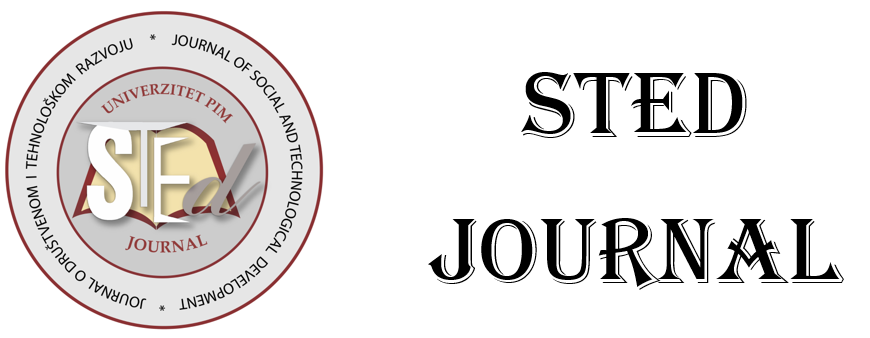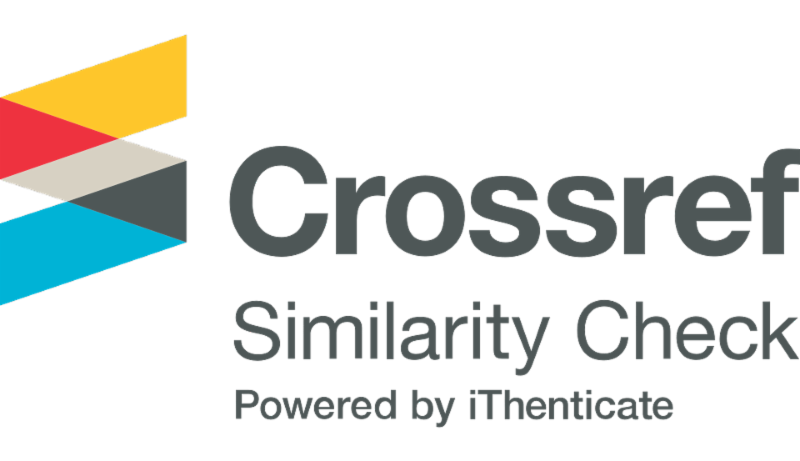
More articles from Volume 5, Issue 1, 2023
THE INTERACTION OF FAMILY AFFECTIVE ATTACHMENT AND PASSIVE DEPENDENCE IN PARTNER RELATIONSHIPS
THE CONNECTION BETWEEN THE PERCEPTION OF MOBBING AND WELL-BEING AT WORK FEMALE EMPLOYEES
DIGITALIZATION OF PUBLIC ADMINISTRATION IN BOSNIA AND HERZEGOVINA WITH A SPECIAL FOCUS ON THE FIELD OF IT STAFF MANAGEMENT AND ICT INFRASTRUCTURE MANAGEMENT
DEVELOPMENT OF NEW SENSORS AND TECHNOLOGIES FOR PRECISION AGRICULTURE
CLIMATE VARIABILITY AND CHANGE IMPACTS ON VEHICULAR FUEL CONSUMPTION AND EMISSIONS – A SYSTEMATIC OVERVIEW IN AFRICA
Article views
THE INTERACTION OF FAMILY AFFECTIVE ATTACHMENT AND PASSIVE DEPENDENCE IN PARTNER RELATIONSHIPS
Faculty of Phylosophy, University PIM , Banja Luka , Bosnia and Herzegovina
PHI Special hospital for psychiatry , Sokolac , Bosnia and Herzegovina
Received: 27.01.2023.
Accepted: 18.05.2023. >>
Published: 29.05.2023.
Volume 5, Issue 1 (2023)
pp. 1-10;
Abstract
The paper has the main goal to determine whether there is a statistically significant connection between early created affective relationship between parents and children and later partner relationships. The research was conducted on a sample of 136 respondents, 75 women and 61 men. The following questionnaires were used in this research: a structured questionnaire for sociodemographic and family data (gender, education, marital status, completeness of the family, family functionality, upbringing, alcoholism in the family during childhood and psychiatric diseases), a questionnaire about family affective attachment and the scale of passive dependence in partner relationships. The data were collected via social networks. The research results confirmed tre expected frequency distribution of the four patterns of affective attachment in our sample. Also, it was shown that respondents of different patterns of family affective attachment discriminate in the level of passive dependence in partner relationships. According to the data obtained through statistical processing, respondents with an occupied attachment pattern achieve the highest scores on the Questionnaire of Passive Dependence in Partner Relationships, while securely attached respondents achieve the lowest scores. Although insecurely attached subjects achieved higher scores on the mentioned questionnaire than securely attached subjects, this difference was not statistically significant, and that is why our third hypothesis was rejected.
Keywords
References
Citation
Copyright
All papers are licensed under a Creative Commons Attribution 4.0 International License.
Article metrics
The statements, opinions and data contained in the journal are solely those of the individual authors and contributors and not of the publisher and the editor(s). We stay neutral with regard to jurisdictional claims in published maps and institutional affiliations.











